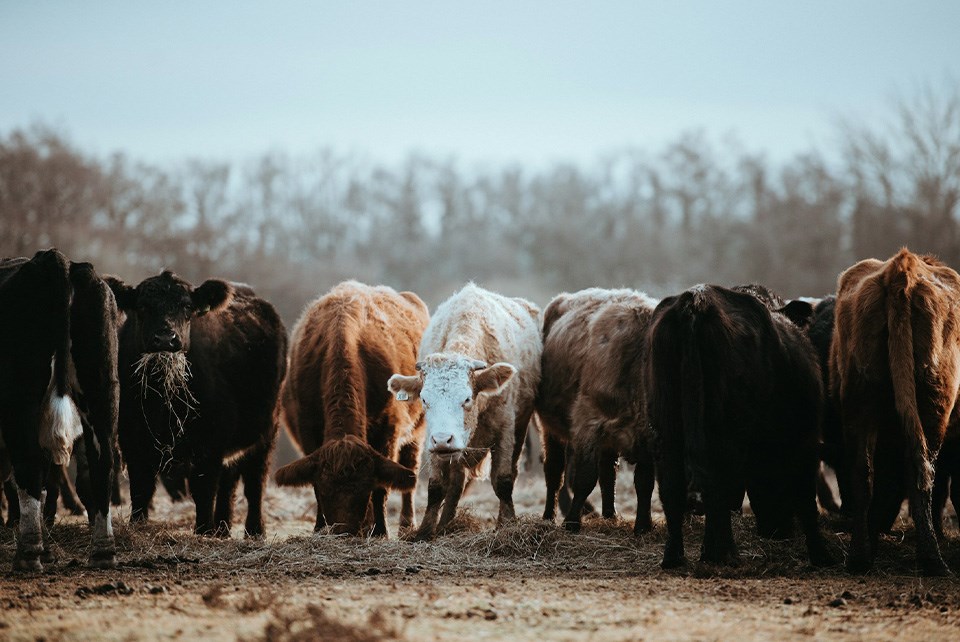REGINA – The death of cattle in the RM of Paynton has prompted an alert to producers to be on the lookout for anthrax in their animals.
Saskatchewan Agriculture says anthrax was confirmed by laboratory results on May 13 as the cause of death.
Anyone who suspects anthrax should contact their local veterinarian immediately for diagnosis. All tests must be confirmed by a laboratory diagnosis. All positive test results must be immediately reported to the provincial Chief Veterinary Officer.
Saskatchewan Agriculture also reminds producers the carcasses of any animal suspected of having anthrax should not be moved or disturbed and should be protected from scavengers such as coyotes or ravens, to prevent spreading spores in the environment.
Producers are additionally advised to use caution when handling potentially infected animals or carcasses. Animal cases pose minimal risk to humans, but people can get infected through direct contact with sick animals or carcasses. In cases where people believe they have been exposed to an infected animal, they should contact their local health authority or physician for advice.
Anthrax can be prevented by vaccination. Producers in regions that have experienced previous outbreaks are strongly encouraged to vaccinate their animals each year. If your neighbours have anthrax, you should consider vaccination to protect your animals.
Anthrax is caused by the bacteria Bacillus anthracis, which can survive in spore form for decades in soil. Changes in soil moisture, from flooding and drying, can lead to a build-up of spores on pastures. Spores can concentrate in sloughs and potholes, and the risk of animal exposure to anthrax increases in drier years when these areas dry up and become accessible. Spores can also surface when the ground is excavated or when there is excessive run-off.
Livestock are infected when they eat forage contaminated with spores. Ruminants such as bison, cattle, sheep and goats are highly susceptible, and horses can also be infected. Swine, birds and carnivores are more resistant to infection, but farm dogs and cats should be kept away from carcasses.
Affected animals are usually found dead without any signs of illness.
More information on Saskatchewan Agriculture's anthrax response plan can be found here.




